First of all consider this picture: -

It paints 4 scenarios all of which apply to this question: -
Top left shows voltage and current in phase and the multiplication of voltage and current waveforms produces a power waveform. Note that the power waveform has twice the frequency of the voltage and current hence, it's not usually meaningful to represent it as a phasor (and certainly not useful if you have other phasors representing voltage and current). The average power is P.
Top right shows voltage leading current by 60 degrees - note that the average power (P) has reduced but, the power waveform has the same shape, frequency and overall peak-to-peak magnitude. In this scenario we can start to realize what the apparent power is. Basically, S is half the distance between peak and trough of the power waveform and, in fact S = P in the top left scenario.
Bottom left is when a purely reactive load is connected to a voltage source. The power waveform has an average value of 0 watts (P = 0) but, apparent power (S) remains the same as the previous two examples.
Bottom right is likely to be encountered when a motor turns into a generator and pushes real power (P) back to the voltage source. In other words, there is real power (P) but it is negative.
So, you should now understand real power (P) and apparent power (S). To understand Q we use the power triangle: -

Picture of power triangle from here.
Where the angle theta is the phase angle between voltage and current waveforms.
What exactly does Q represent, the RMS reactive power?
RMS power is a misnomer; RMS voltage x RMS current x power factor = power (not RMS power).
And what is the relation between these terms and instantaneous power?
Instantaneous power is any point on the red power curves shown in the top diagram in 4 scenarios and equals instantaneous volts x instantaneous amps.

